Hearty Soups German Stews for Every Season
11 min read Explore traditional German soups and stews perfect for any season, savoring rich flavors and hearty comfort in every bowl. July 08, 2025 06:05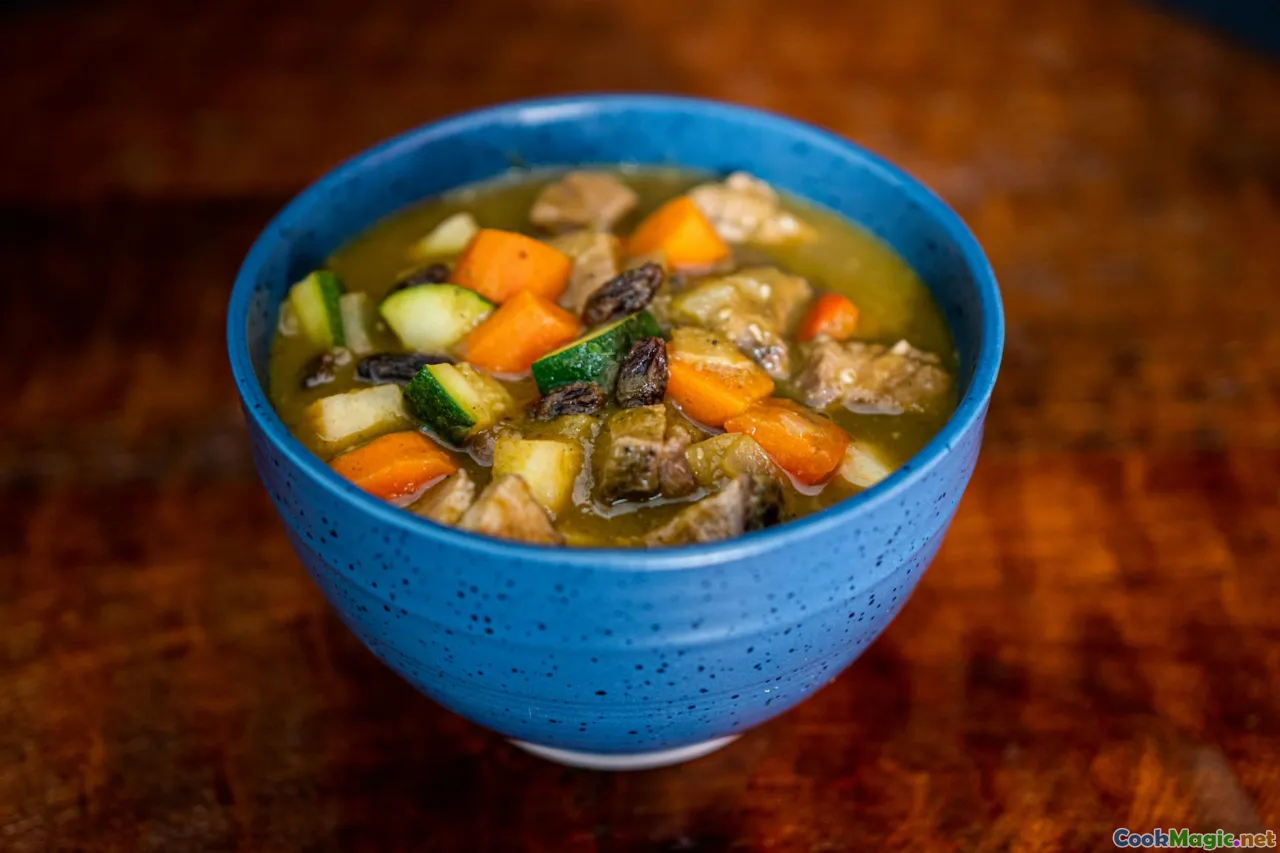
Hearty Soups German Stews for Every Season
Few cuisines evoke feelings of warmth, tradition, and comfort quite like German cuisine. Its hearty stews and soulful soups reflect the deeply rooted history and regional diversity of the country—each bowl packed with robust flavors, aromatic spices, and stories passed down through generations. As the seasons change, so do the ingredients and techniques that define these dishes, making them adaptable, timeless, and perfect for any time of year.
Imagine a chilly winter evening, where a steaming bowl of Gulash Suppewarms your hands and ignites memories of time-honored festivities in Bavarian biergartens. Picture a sunny spring afternoon in the Rhineland, savoring a light yet flavorfulErbsensuppewith fresh green peas and aromatic herbs. Or consider the rich, comforting flavor ofEintopf, a staple across the country, simmering away during chilly autumn days.
German soups and stews aren't just food—they're an experience, an emotional connection to the land, history, and community. Let’s take a flavorful journey through the diverse world of German stews and soups, understanding their cultural importance, learning how to craft authentic flavors, and discovering how they tailor to each season’s bounty.
Classic German Stews and Soups: An Exploration of Tradition
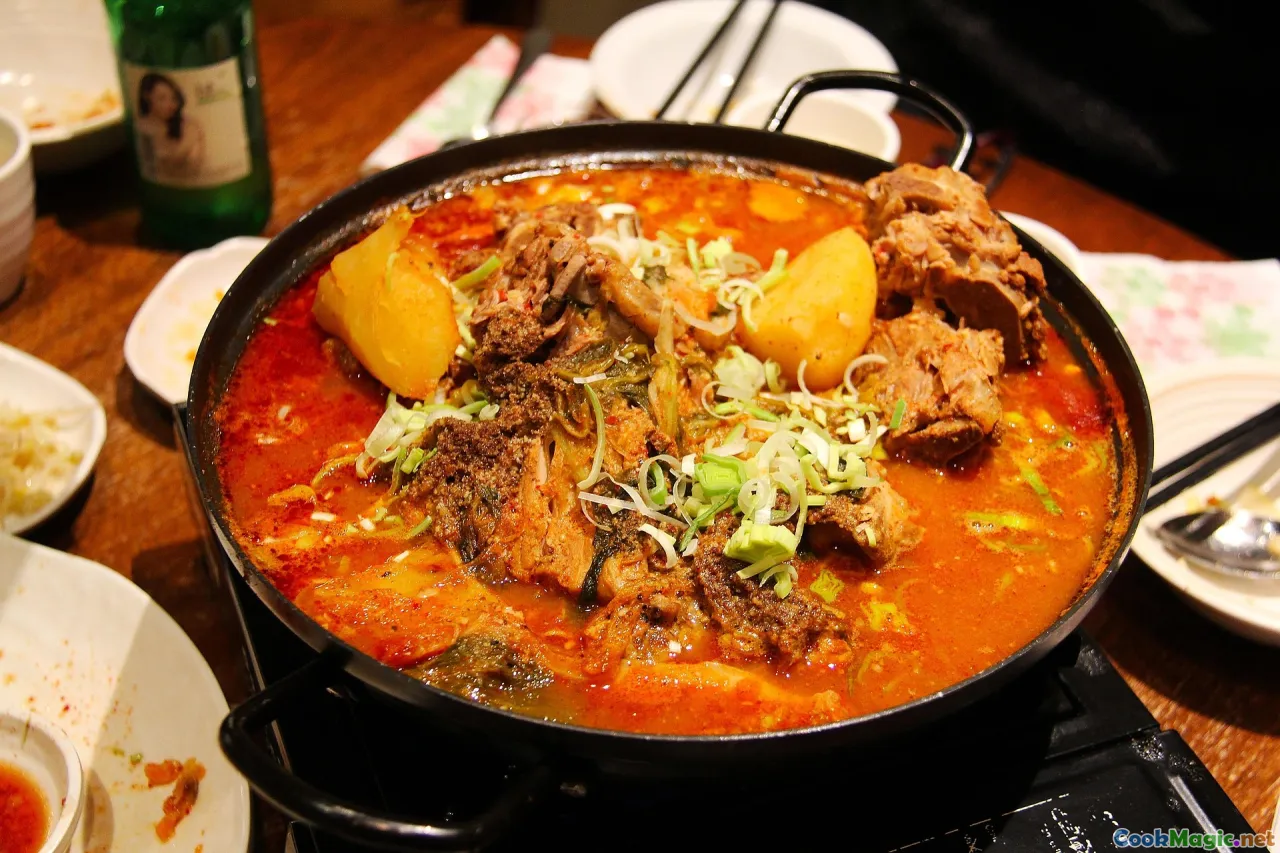
Germany’s culinary landscape is filled with iconic stews and soups that have stood the test of time. Each region boasts its own version, reflecting local ingredients, climate, and history. At their core, they evoke the rustic charm of farmhouses, the bustling marketplaces, and the familial kitchens where recipes are treasured and passed down.
Goulash (Gulasch)
While originating from Hungary, Goulash found a hearty home in German cuisine—especially in Bavaria and Saxony. This paprika-spiced beef stew epitomizes comfort. The deep, rusty-brown color hints at slow-cooked richness, while the aroma—smoked paprika, garlic, and beef—invites immediate nostalgia.
Cooking a traditional Gulasch involves browning chunks of beef brisket or chuck, sautéing onions until golden, then simmering with sweet peppers, tomatoes, and Hungarian paprika for hours until the meat is meltingly tender. Serve it alongside warm crusty bread or potato dumplings, and you have a dish that sings of communal warmth and hardy agrarian roots.
Erbsensuppe (Pea Soup)
Perfect for spring or a light meal in any season, German Erbsensuppe features fresh green peas, smoked bacon, or ham bones, creating a subtly smoky flavor profile. This soup embodies freshness and vibrant comfort, with a smooth, slightly chunky texture and a bright green hue. It’s traditionally served with a splash of cream and fresh herbs like parsley.
Rheinischer Eintopf (Rhine-style One-Pot Stew)
A true symbol of thriftiness and variety, Eintopf combines root vegetables, beans, sausages, and sometimes leftover cuts of meat simmered gently with hearty stock. It’s a dish born out of necessity but elevated to an art form—rich in flavor and texture, embodying the warmth of a family meal shared on chilly evenings.
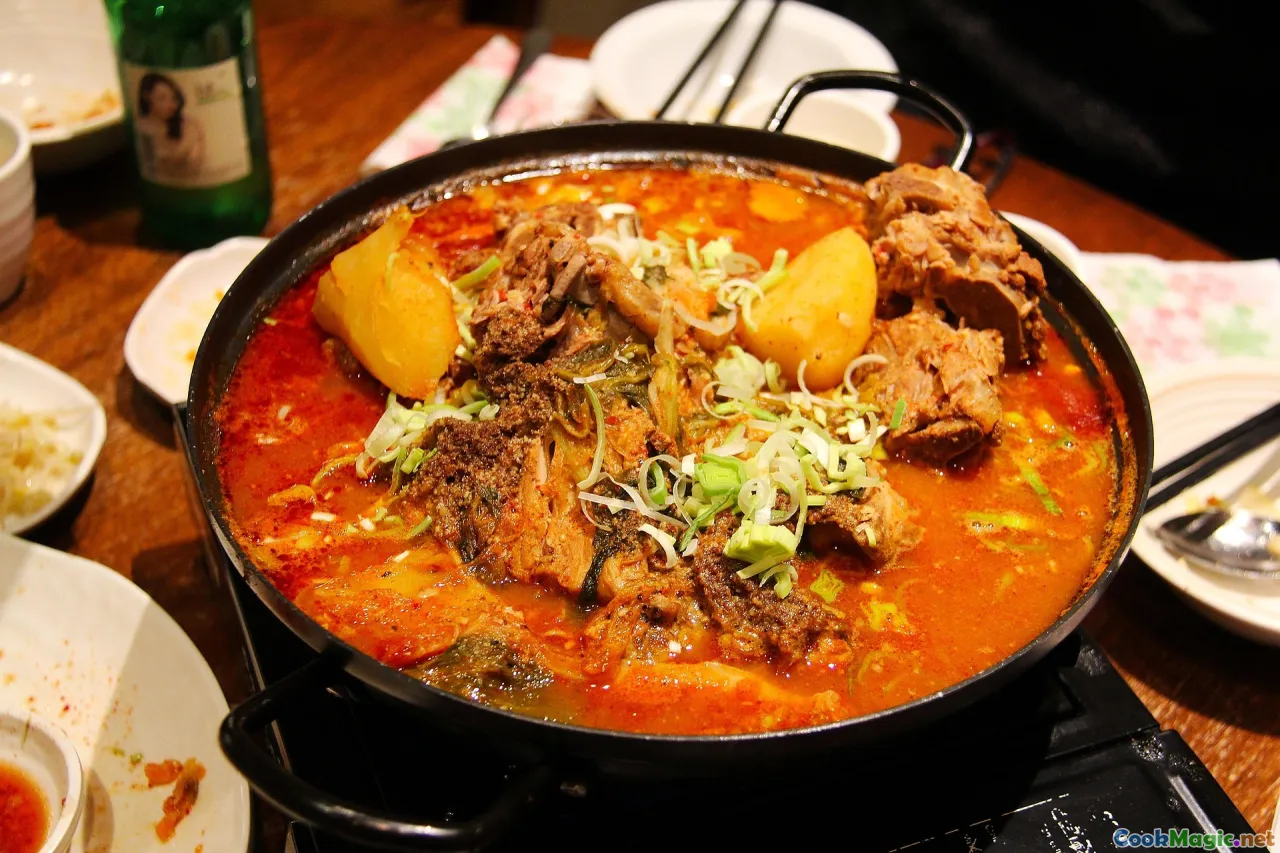
Seasonal Transitions: Adaptation of Classics
Spring is a time of renewal, and German soups reflect that vibrancy. As the countryside bursts into bloom, soups incorporate fresh, tender greens, herbs, and young vegetables.
Spring Fusilli with Asparagus and New Potatoes
In regions like the Bavarian Alps or the Rhine Valley, the arrival of white and green asparagus is celebrated with a light vegetable soup — sometimes blended into a smooth puree, accentuated with fresh herbs and a drizzle of olive oil. Incorporating new potatoes adds texture and heartiness, complemented by the subtle sweetness of the asparagus.
Friedbratlinge mit Kräuterquark (Potato Pancakes with Herb Quark)
Though not a soup, this dish pays homage to late winter and early spring with crisp potato pancakes served alongside zesty, herby quark—a perfect accompaniment for a light, seasonally inspired meal.
Transitioning into summer, focus shifts to lighter, cooling options like Bavarian Gurkensuppe (cucumber soup) with a tangy yogurt base, offering refreshing respite from the heat.
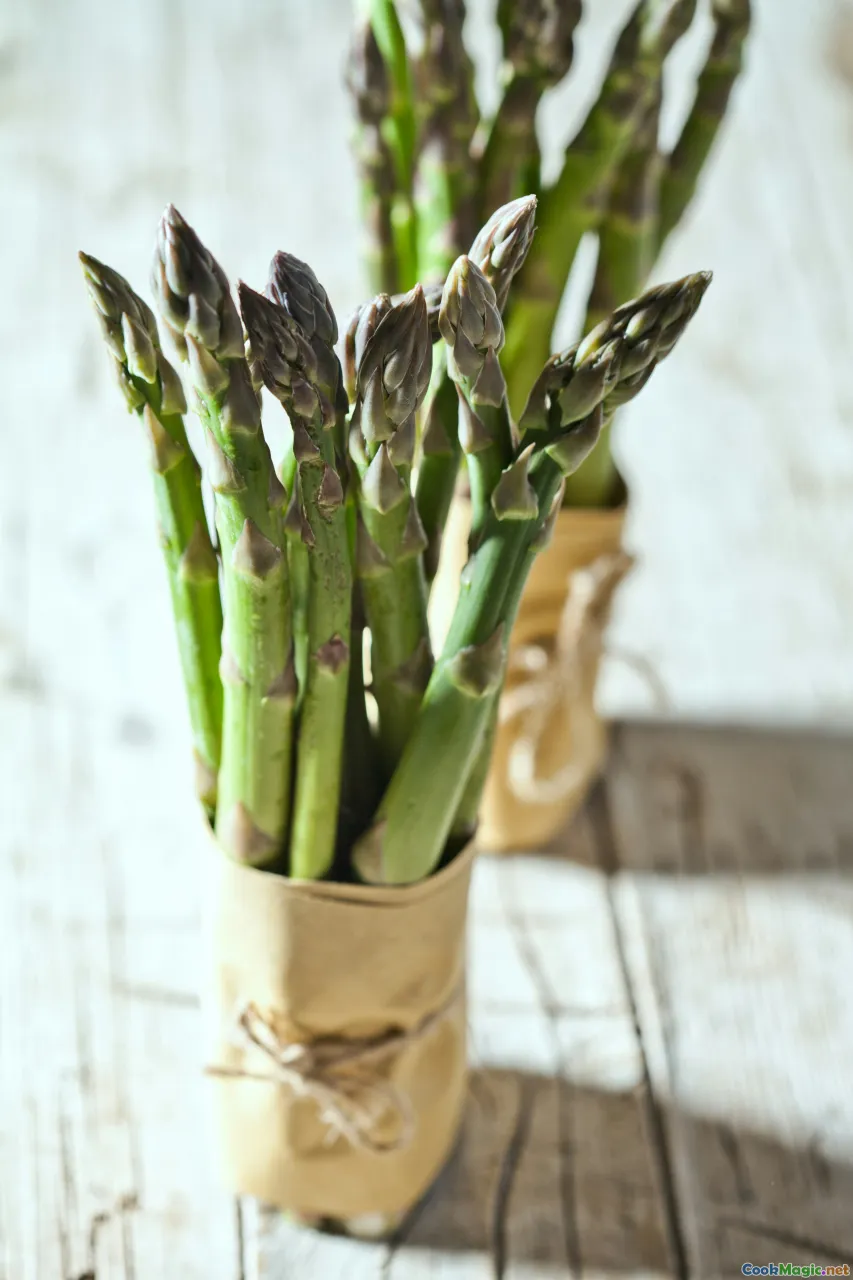
Warming Up for Winter: The Heart of German Stews
Preparing for the long, often frigid German winters means embracing slow-cooked, filling dishes designed to bolster energy and warmth.
Sauerbraten Soup
A twist on the famous marinated roast, Sauerbraten translates into a rich, beefy stew infused with souring agents like vinegar and juniper berries. When turned into a soup, it features tender beef chunks, hearty vegetables, and warm spices, served with dark rye bread for dipping.
Kartoffelsuppe (Potato Soup)
A staple winter comfort, this creamy, velvety soup incorporates potatoes, carrots, leeks, and fatty smoked bacon. Enhance it with fresh thyme and a swirl of cream—each spoonful offering a velvety, savory hug. Many families prefer their Kartoffelsuppe topped with crispy fried onions or shredded cheese.
Gulasch in Winter
German regions like Saxony and Thuringia have their unique Goulash variations—thick, smoky, with dried red peppers and hearty vegetables. It’s often served over boiled potatoes or dense bread, making it an ideal winter’s meal.
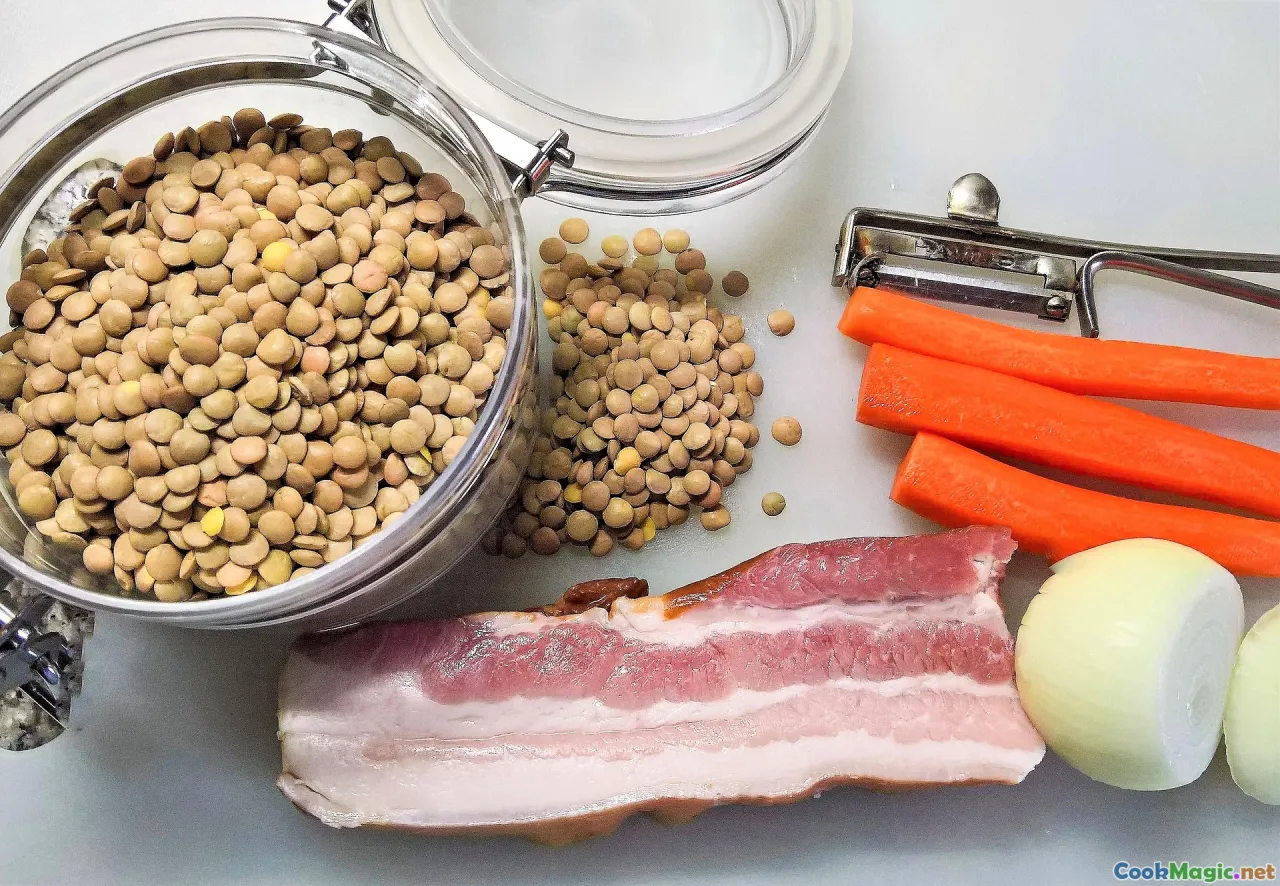
Tips for Crafting Authentic German Soups and Stews
Creating a truly authentic German soup or stew calls for patience, quality ingredients, and understanding traditional techniques:
- Slow Cooking: Many recipes benefit from lengthy simmering—few things beat the depth of flavor achieved through slow cooking over several hours.
- Use of Spices: Paprika, juniper berries, caraway seeds, and fresh herbs like parsley or dill are essential. They lend that distinctive German warmth and complexity.
- Quality Broths: Homemade or thoughtfully sourced stocks form the foundation, imparting richness and ensuring no canned substitutes dilute the flavor.
- Incorporate Regional Ingredients: Rely on local, seasonal produce—think fresh peas in spring, wild mushrooms in autumn, or root vegetables in winter.
- Respect Tradition but Innovate: While preserving authentic flavors, don’t shy away from variations—daring spice combinations or modern ingredients can create delightful new interpretations.
Personal Insights and Favorite Finds
Hosting friends for Hausmannskost (homestyle cooking), I love preparing a slow-cooked Sauerbraten Gulasch — a hybrid of two beloved dishes that meld smoky paprika with the tang of marinated beef. The aroma alone fills my home with a warm, inviting sense of nostalgia. Paired with dark rye bread and a dollop of mustard, it transforms a regular dinner into a cultural celebration.
Visiting regional food festivals—from Munich’s Trachtenfest to Cologne’s Kölsch fair—I’ve sampled countless variations, each telling a local story. The little touches, like a dash of beer in a Bavarian Eintopf or a dollop of sour cream on a Saxon Gulasch, exemplify the regional diversity that makes German soups so captivating.
Embracing the Season with Soulful Soups
Through these hearty, soulful stews and soups, we connect deeply with German culture. Each bowl is a toast to history, ritual, and the simple pleasure of sharing good food. Whether warming yourself after a snowy day or celebrating the lush bounty of spring, these recipes invite you to embrace the flavors of Germany year-round.
In the end, the true magic of German cuisine lies not just in the ingredients but in the stories, memories, and communal spirit woven seamlessly into each spoonful. So gather your ingredients, take your time, and let these dishes bring a taste of Germany into your home—warm, hearty, and utterly satisfying.
Guten Appetit und viel Spaß beim Kochen!









